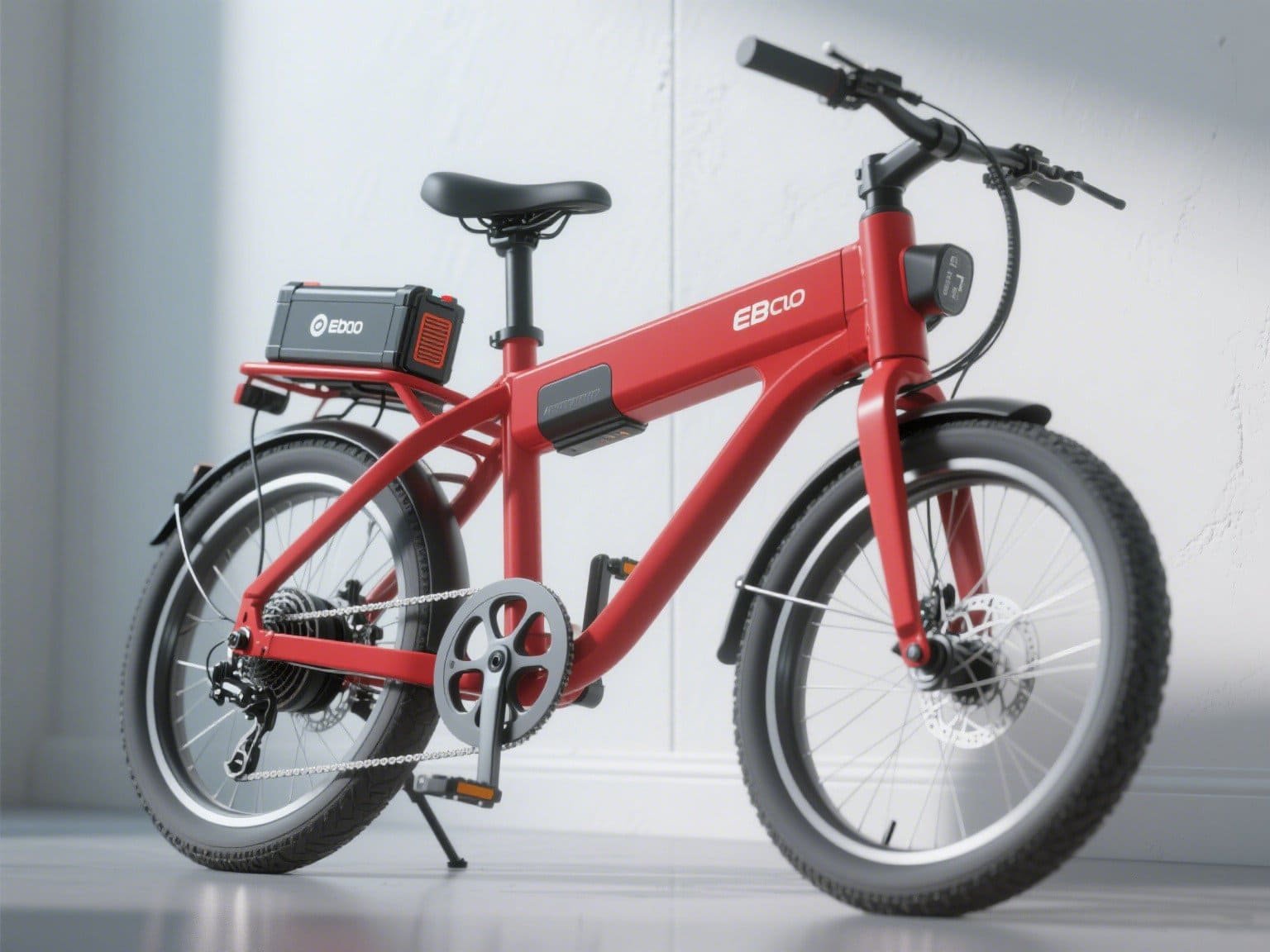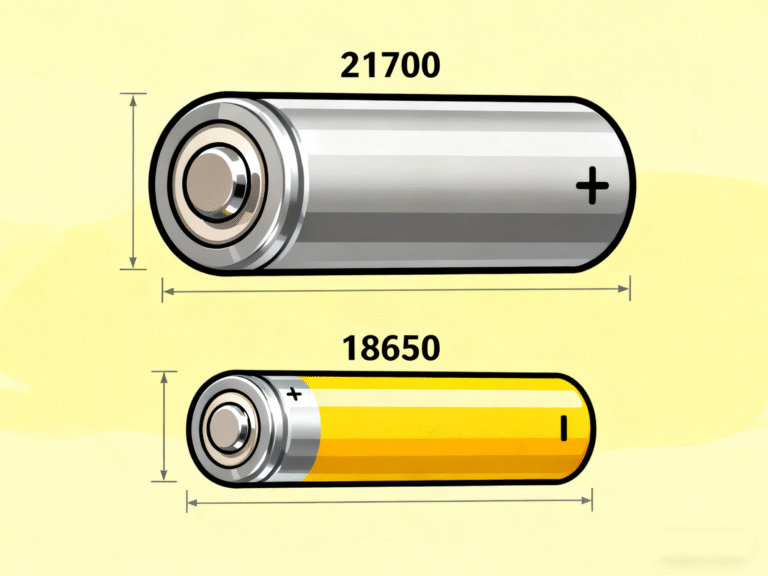The battery is the core component of an electric bicycle (E-Bike), directly affecting range, power, and safety. With so many options available on the market, choosing the right battery can be confusing. This guide breaks down the key factors—range, safety, compatibility, and lifespan—to help you select the Best E-bike Battery.
1. Range: How to Calculate Real-World Mileage?
E-Bike range depends on battery capacity (Ah) and voltage (V), but real-world performance varies based on riding style, terrain, and motor power.
Key Metrics:
Voltage (V): Common options: 36V, 48V, 52V. Higher voltage = more power (ideal for hills/cargo).
Capacity (Ah): Determines theoretical range (e.g., 48V 20Ah ≈ 50-62 miles / 80-100 km on flat terrain).
Watt-hours (Wh): More accurate range predictor:
Wh = V × Ah
(Example: 48V × 20Ah = 960Wh ≈ 64-96 km at 10-15Wh per km).
Buying Tips:
Commuting (30-50 km): 48V 15Ah (~720Wh).
Long rides (80-120 km): 52V 20Ah (~1040Wh).
Hills/cargo: Opt for higher voltage (52V+).

2. Safety: How to Avoid Battery Fires?
Cheap batteries risk overheating, short circuits, or explosions. Prioritize:
Battery Management System (BMS): Prevents overcharge/over-discharge.
Cell Chemistry:
NMC: High energy density (lighter weight).
LiFePO4: Safer, longer lifespan (2,000+ cycles).
IP Rating: IP65+ for water/dust resistance.
Certifications: Look for UL, CE, UN38.3.
Red Flags:
No-name brands (may use recycled cells).
Missing BMS (risk of overcharging).
3. Compatibility: Will It Fit Your E-Bike?
Checklist:
Voltage Match: Must align with your motor (e.g., 48V battery for 48V controller).
Connector Type: Common: XT60, Anderson.
Physical Fit: Measure your bike’s battery compartment.
Pro Tip:
Consult the seller with your bike model.
Consider modular batteries for future upgrades.
4. Lifespan & Value: How to Maximize Battery Life?
What Affects Longevity?
Charge Cycles: Quality batteries last 800-1,200 cycles (80%+ capacity retention).
Usage Habits: Avoid draining below 20%.
Temperature: Extreme heat (>45°C) or cold (<0°C) degrades performance.
Maintenance Tips:
✔ Use OEM or certified chargers.
✔ Store at 60-80% charge if unused.
✔ For winter riding: Choose heated batteries.
- Final Checklist for Buying:
- Calculate needs (e.g., 48V 20Ah ≈ 100 km).
- Safety first: BMS + LiFePO4 + IP65 + certifications.
- Verify compatibility (voltage/connectors/size).
- Extend lifespan with proper care.
Ready to Upgrade?
🛒 Shop Recommended E-Bike Batteries







